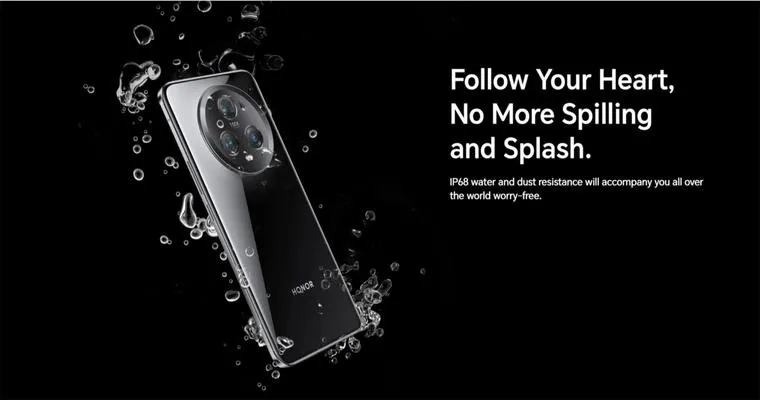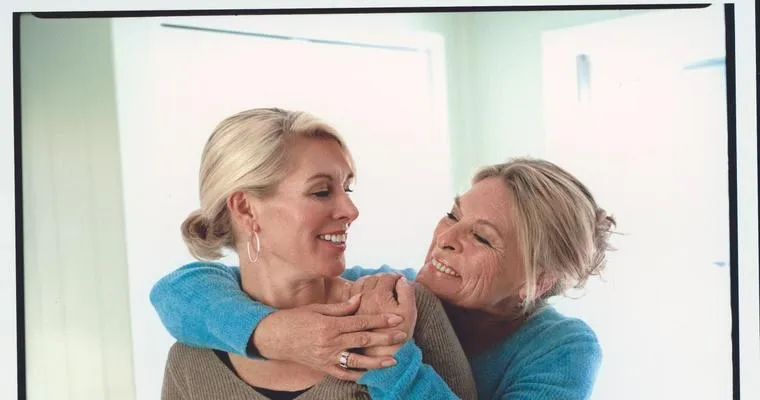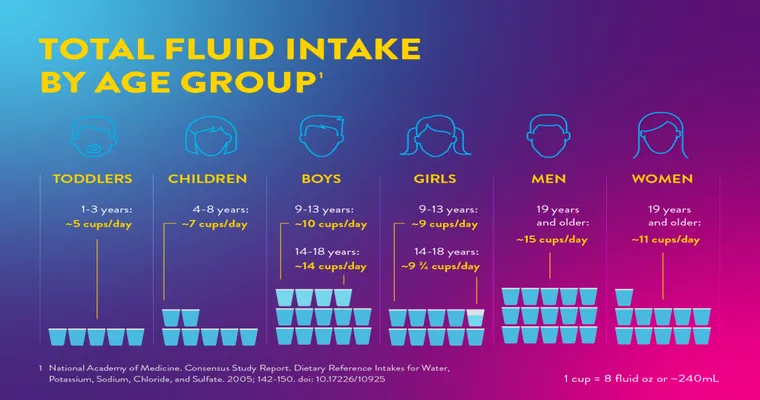In today's fast-paced world, the phrase "97 No Water Sometimes Mobile" has become a common topic of discussion among many individuals, especially those who rely heavily on technology. This expression often relates to areas experiencing disruptions in water supply while also grappling with connectivity issues. Understanding the implications of this situation is critical for residents, businesses, and local governments.
The term "97" typically refers to a specific service number or code that is used by residents to report issues related to water supply. When individuals encounter a "No Water" scenario, it can lead to significant inconveniences. Whether it’s for drinking, cooking, or hygiene, the absence of water can disrupt daily life. Compounding this issue is the "Sometimes Mobile" aspect, which touches on the challenges of staying connected in areas where mobile phone service is unreliable.
For many, the ability to report issues through a mobile app or service is essential, but when connectivity is poor, accessing these services becomes increasingly difficult. This situation can lead to frustration and confusion among community members trying to navigate their daily routines without the necessary resources at their disposal.
Local governments and utility companies must prioritize effective communication and infrastructure improvements to address the issues arising from "97 No Water Sometimes Mobile" scenarios. Implementing a reliable system for residents to report water supply issues while ensuring robust mobile connectivity can enhance community resilience.
Furthermore, community awareness campaigns can educate residents on how to prepare for potential water shortages and service disruptions. Encouraging water conservation practices and providing information on alternative water sources can help mitigate the impact of such situations.
In conclusion, the intersection of "97 No Water Sometimes Mobile" embodies a complex challenge that requires a coordinated response from residents, local authorities, and service providers. By focusing on communication, infrastructure, and community education, we can collectively work towards a solution that ensures everyone has access to essential resources, even in trying circumstances.





